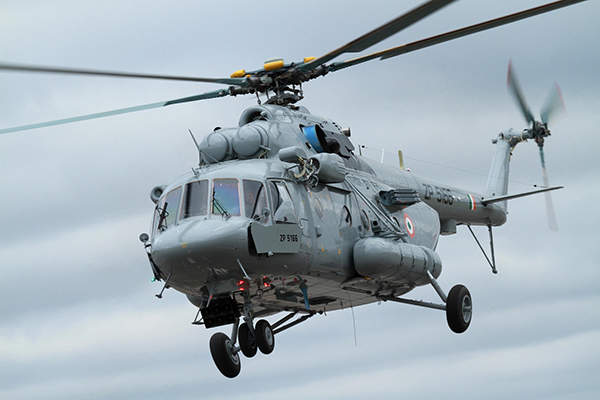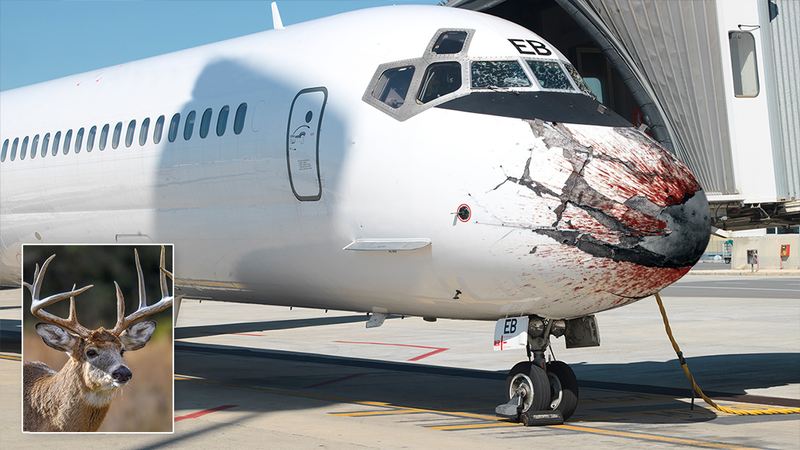“To the fighter Pilot, the world is too slow…
To the transport pilot, the world is too small..
To the Helicopter Pilot the world is so Beautiful…Oh so beautiful!”
Helicopters might not be the fastest or cheapest way to travel, but they’re undeniably the coolest.
The preliminary finding of the tri-service investigation into the fatal crash of the Mi-17V5, which led to the death of all 14 who were on board, including Chief of Defence Staff General Bipin Rawat, has ruled out mechanical failure, sabotage or negligence as the cause of the accident. The inquiry team said the accident was a result of the helicopter entering into the clouds due to an unexpected change in the weather conditions in the valley in Tamil Nadu, where it crashed. The change of weather led to spatial disorientation of the pilot resulting in a controlled flight into terrain (CFIT), a statement issued by the defence ministry has said.
The first question is – Did pilot have full control of helicopter? Or did they loose control of helicopter due to loss of visual cues (entering into clouds)? While Controlled Flight into Terrain (CFIT) is an event that occurs when an airworthy aircraft, under complete pilot control, is inadvertently flown into terrain, a body of water, or an obstacle. Often, the pilot is unaware of the impending danger until it’s too late to prevent an accident. Loss of Control-Inflight (LOC-I) refers to accidents in which the flight crew was unable to maintain control of the aircraft in flight, resulting in an unrecoverable deviation from the intended flight path. What ever be the case both LOC-I and CFIT remains one of the most significant contributors to fatal accidents worldwide.
Helicopters are very versatile machines. Helicopters can take off & land vertically often in narrow spaces, roof tops, mountains, ship decks, on water even! Helicopters can fly forward, backwards, sideways, vertically upwards & downwards or any combination of these directions. And in case the engine ever fails, most helicopters can safely autorotate to the ground and land safely. This makes them ideal candidates for risky operations. while most airplanes operate in a controlled environment of runways, set flight paths, and air traffic controllers. Helicopters, by contrast, are used to reach areas you can’t access by plane. They can land pretty much anywhere, which makes them useful for military operations, search and rescue, medical evacuations, and other dangerous missions. As a result, conditions can be unpredictable and hence increases the risk.
Both LOC-I and CFIT are very broad accident category, the detailed report as and when available would bring out other contributory factors which may range from
- Organisational issues
- Managerial issues
- Pilot training
- Design deficiency for the particular role (VIP movement) in marginal weather conditions. etc.
Poor or marginal weather has always been top of the potential aviation hazards. Combine it with hilly terrain or remote operations with inadequate weather forecast facility and consequences could be grim. Currently, the helicopter operations in India are well below the potential of a country as large as ours. The total number of helicopters in India are around 250. Compare this with, Brazil has around 1,250, Australia has around 2,000, the US has more than 14,000. There is a growing requirement of helicopters for civil use in tourism, mining, corporate travel, air ambulance, homeland security, air charter, etc. The infrastructure or facilities available at helipads in India, is minimum with only VFR operations. While in contrast most airplanes operate in controlled environment with Instrument approach procedure available for operation in poor and marginal weather. None of the helipads in India has published IAP procedure. The problem is the Indian inertia mainly from the regulator in terms of approval and publishing an instrument approach. What could be done?
- Making Helicopter Terrain Awareness and Warning System mandatory for offshore, emergency medical and hill operations.
- Helipads which are being used regularly must have published charts for use of LPV minima, the aircraft (helicopter) must be fitted with both an LPV capable Flight Management System (FMS) and a compatible SBAS receiver.
- Rather than SVFR operations, IFR should be advised for helicopter operations in poor weather conditions.
Be safe. Happy landing.



